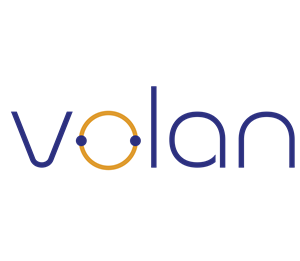Michael Bettua is a Co-Founder and the CEO and Chairman of the Board for Volan Technology.
Before starting Volan, Michael was an early executive at two enterprise software technology startups – BladeLogic and Silknet Software – that became billion-dollar IPO and M&A exits. Michael has now funneled his skills and passion for innovation into Volan Technology, a powerful new solution for Fortune 500 industrial companies to reduce operations costs, improve productivity, and increase worker safety.
He holds a B.A. from Boston University.
Posts from Michael
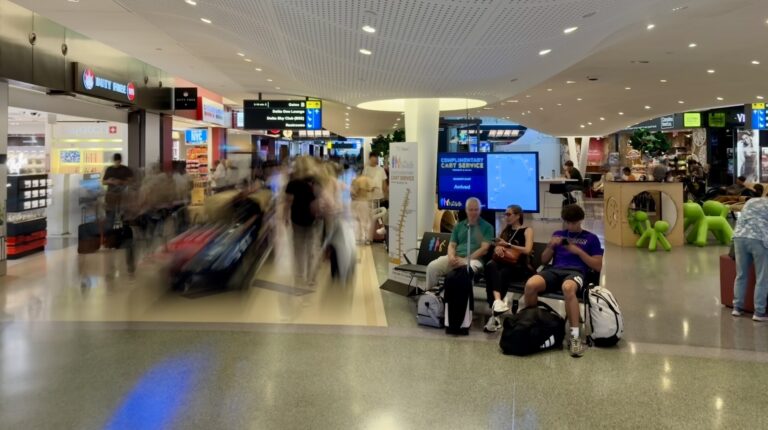
JFKIAT Pilots The World’s First Mobility Cart Tracking Service | Passenger Terminal Today
Airports, MediaJFKIAT, the operator of Terminal 4 at John F. Kennedy International Airport, is piloting the world’s first mobility cart tracking solution in partnership with Volan Technology and Beonic to enhance the terminal's complimentary cart service. The system offers real-time tracking of cart positions with meter-level accuracy via Volan’s wireless beacons and provides estimated wait times on digital screens at pickup points. Analytics powered by Beonic enable JFKIAT to optimize cart availability and staffing during peak times, with the network installed overnight to avoid disrupting operations.
JFKIAT Trials Mobility Cart Tracking Service | Airports International
Airports, MediaJFKIAT, the operator of Terminal 4 at John F. Kennedy International Airport, is piloting the world’s first mobility cart tracking solution in partnership with Volan Technology and Beonic. The system provides real-time cart locations, pick-up points, and estimated wait times to help passengers who need assistance navigate the terminal more easily. This innovative service aims to improve accessibility, reduce uncertainty, and support a smoother airport experience. If successful, the program could expand to cover more areas of T4 in the future.
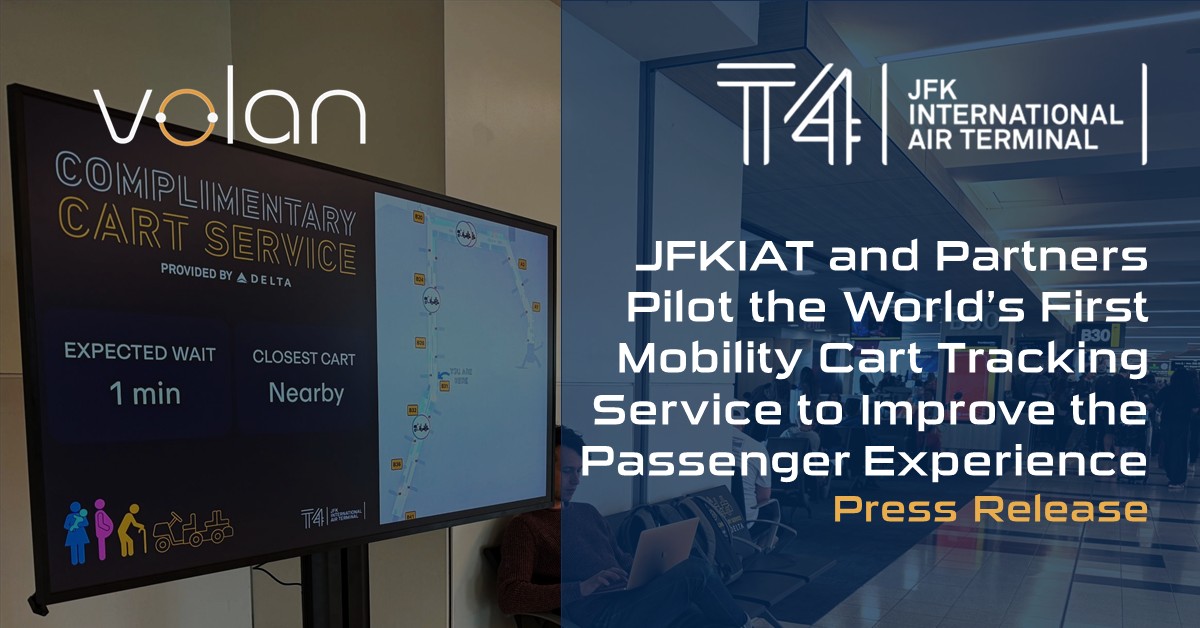
JFKIAT and Partners Pilot the World’s First Mobility Cart Tracking Service to Improve the Passenger Experience
AirportsVolan Technology has partnered with JFKIAT and Beonic to launch the world’s first real-time mobility cart tracking system at JFK Terminal 4, significantly enhancing the passenger experience. The pilot enables travelers needing assistance to view live cart locations and wait times via digital displays, reducing uncertainty and improving accessibility. Powered by Volan’s wireless beacon network and Beonic’s AI analytics, the system was rapidly deployed without disruption and provides JFKIAT with valuable operational insights to optimize service. This innovation marks a key step in T4’s $1.5B transformation and aligns with the Port Authority’s vision of a modern, accessible, and tech-forward airport.
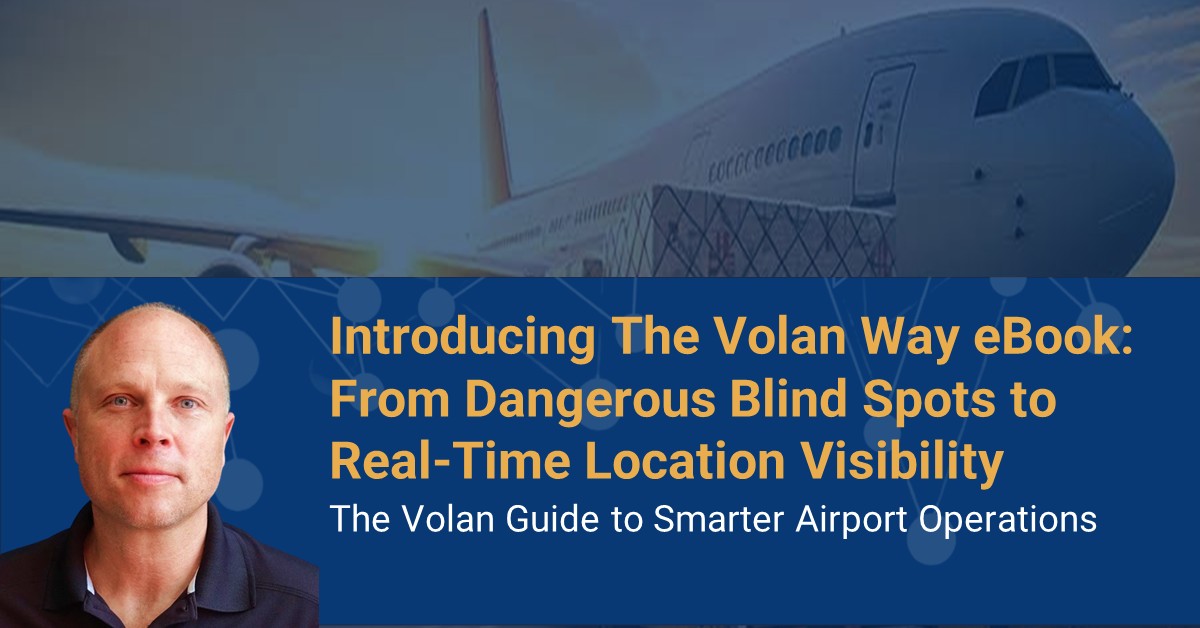
Introducing the Volan Way eBook: The Volan Guide to Smarter Airport Operations
AirportsMany airports still rely on outdated manual systems that create blind spots, slow emergency response, and increase operational risk. Volan’s new eBook, The Volan Way: From Dangerous Blind Spots to Real-Time Location Visibility, showcases how smart micro-location technology improves evacuation times, asset tracking, and FAA compliance. Unlike traditional systems, Volan installs in days and continues to work even when GPS and Wi-Fi fail.

What is Cold Chain Logistics? And Why Every Degree Counts
AirportsCold chain storage is essential for maintaining the integrity of temperature-sensitive products like vaccines, biologics, and specialty medications. But traditional tracking methods can’t keep up with the demands of modern logistics. Volan Technology solves this challenge by delivering real-time location intelligence inside complex facilities, helping pharmaceutical and healthcare providers reduce risk, ensure compliance, and act fast when every second—and every degree—counts.
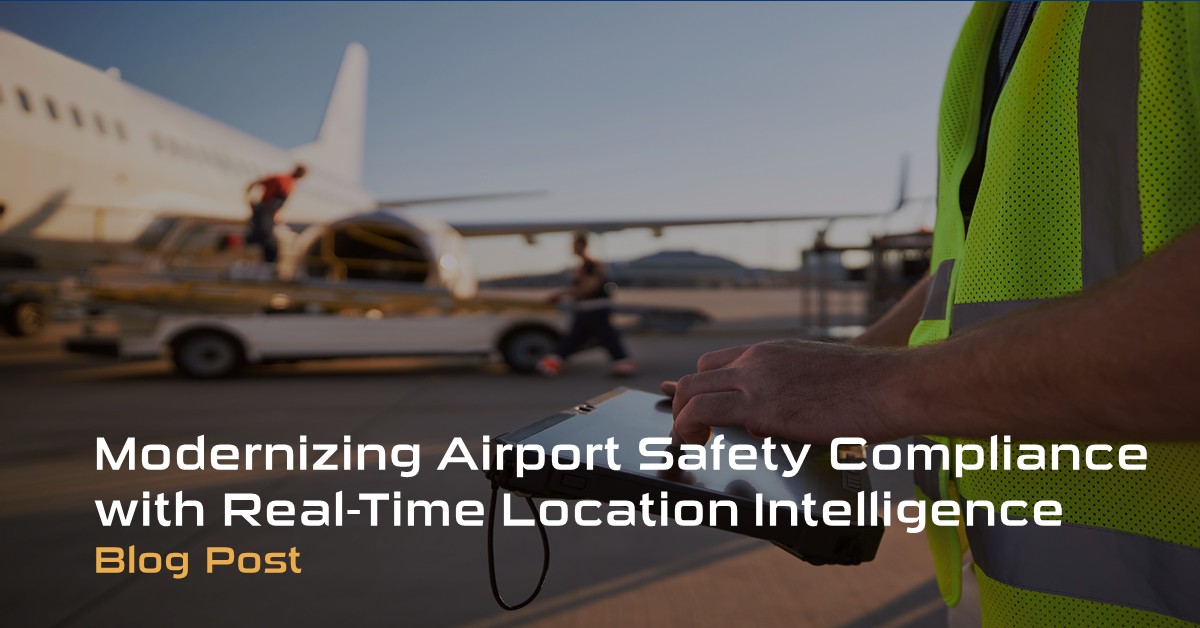
Modernizing Airport Safety Compliance with Real-Time Location Intelligence
AirportsVolan’s real-time location system (RTLS) brings automation, precision, and full visibility to airport safety compliance by replacing outdated manual systems with digital tracking. The platform delivers time-stamped data across all operational zones, helping airports prevent incidents, streamline emergency response, and meet FAA standards with ease. Volan supports the FAA’s new Safety Management System (SMS) rule by providing real-time analytics that identify hazards, manage risks, and improve accountability. With rapid installation, no infrastructure disruption, and fast ROI, Volan empowers airports to modernize safety operations efficiently.
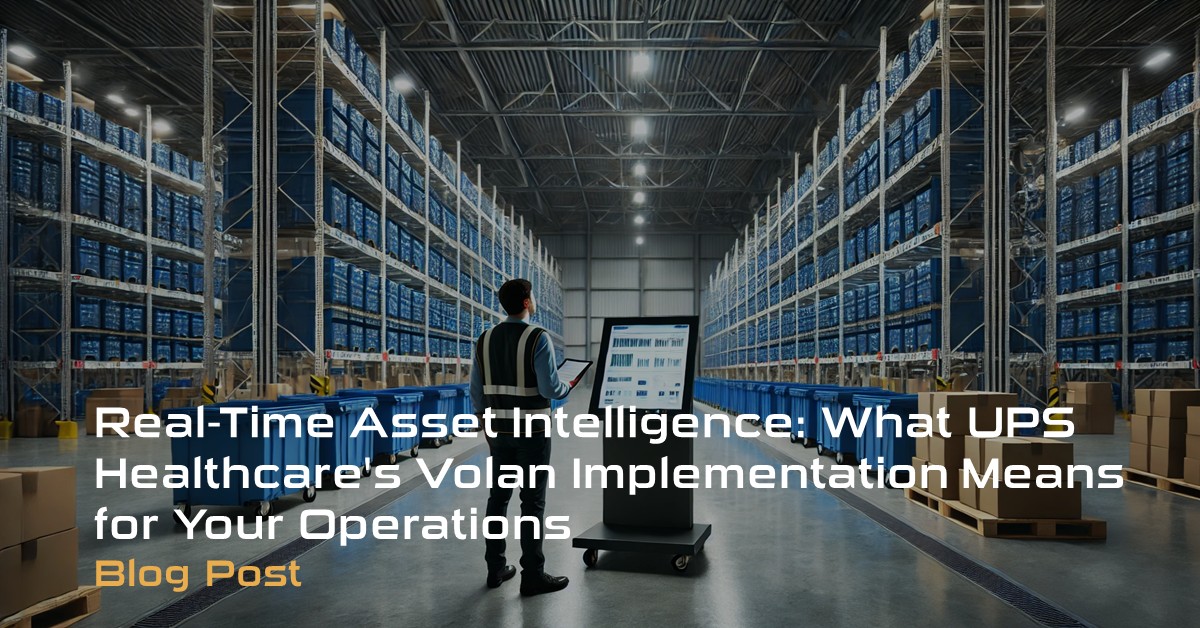
Real-Time Asset Intelligence: What UPS Healthcare’s Volan Implementation Means for Your Operations
WarehousingWhen UPS Healthcare deployed Volan’s real-time asset tracking system, they gained more than just visibility—they unlocked a powerful engine for operational transformation. In one of the world’s most demanding logistics environments, Volan’s wireless platform delivered immediate results: faster workflows, smarter resource allocation, and full compliance visibility in real time. CEO Michael Bettua explains how this success story is just the beginning for industries looking to optimize complex operations.
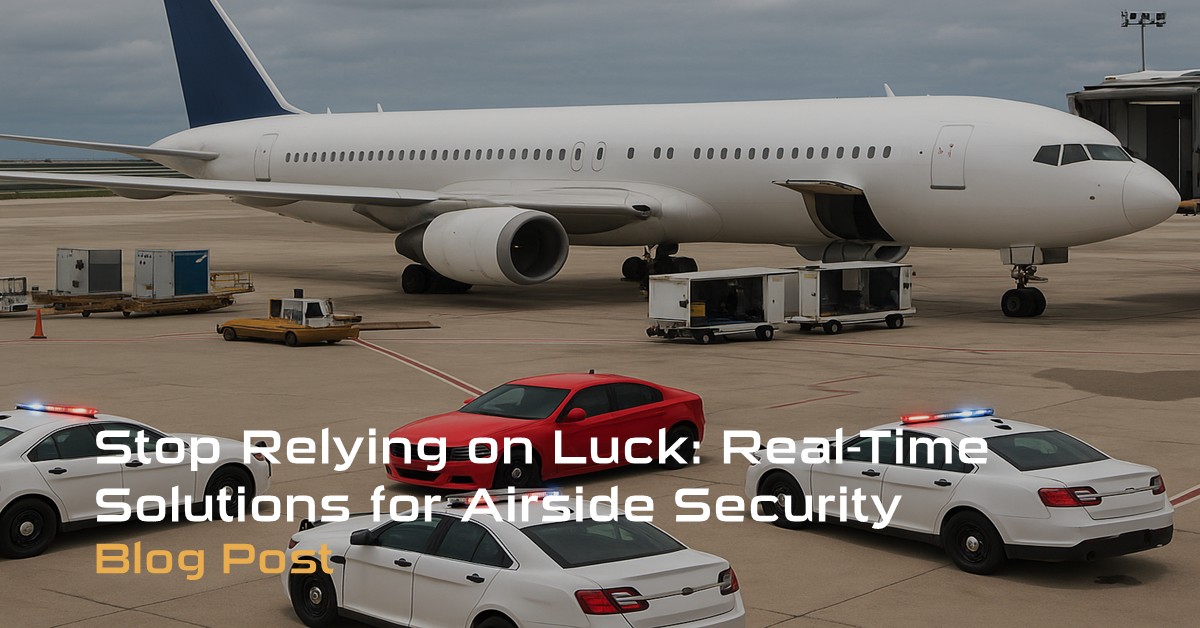
Stop Relying on Luck: Real-Time Solutions for Airside Security
AirportsA delivery driver drove onto the O’Hare tarmac and spent 10 minutes unchallenged in a live operations zone. This wasn’t an isolated mistake—it was a warning. Every airport is vulnerable to the same failures. The only question is: will you be ready when it happens at your airport?
What is Real-Time Asset Tracking?
TechnologyReal-time asset tracking gives you instant visibility into your equipment and inventory—helping you optimize workflows, reduce delays, and protect high-value assets. From hospitals to warehouses to cold chain logistics, learn how this powerful technology is transforming operations.

Volan Technology & UPS Healthcare: A New Era of Precision in Cold Chain Logistics
WarehousingVolan Technology has joined forces with UPS Healthcare to elevate the precision and reliability of cold chain logistics. By deploying Volan’s real-time location system at a flagship facility, UPS now benefits from live tracking, automated alerts, and AI-powered efficiency. This partnership sets a new standard for safeguarding temperature-sensitive pharmaceuticals from warehouse to delivery.
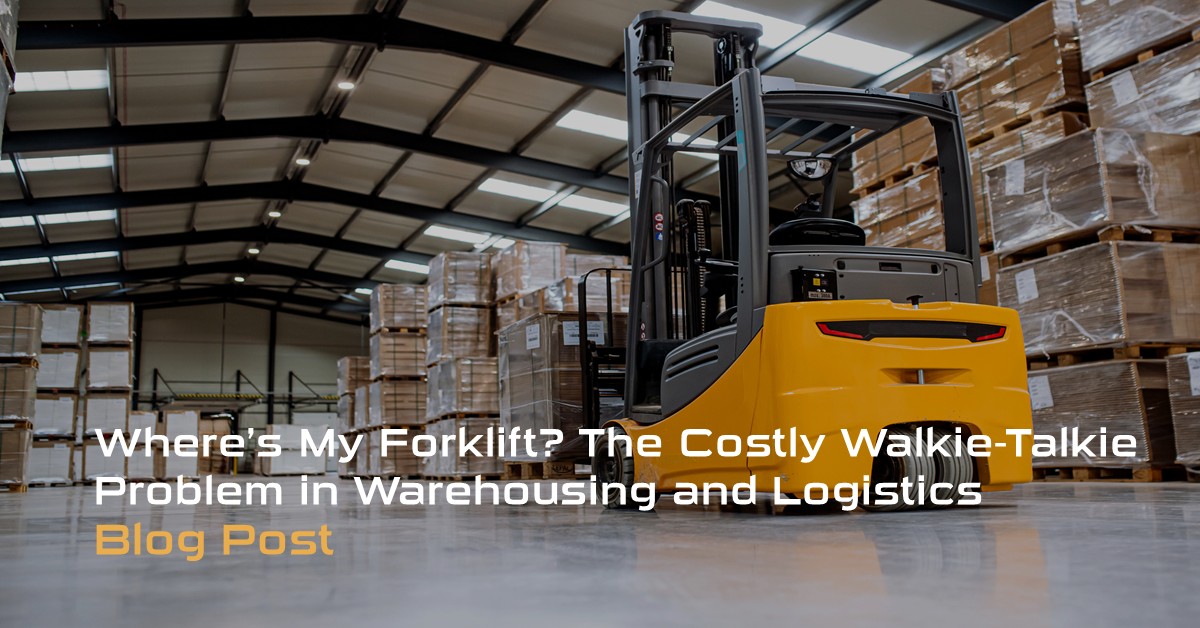
Where’s My Forklift? The Costly Walkie-Talkie Problem in Warehousing and Logistics
WarehousingIn today’s high-speed logistics and warehouse environments, the outdated reliance on walkie-talkies to locate forklifts creates costly inefficiencies. Lost equipment, delayed assignments, and poor communication can waste up to 30% of labor time, dragging down productivity and profits. Real-time location systems (RTLS) like Volan’s platform eliminate these gaps, offering instant visibility into forklift positions, task statuses, and operational flow. By replacing guesswork with real-time intelligence, warehouses can drastically reduce downtime, improve safety, and gain a major competitive edge.
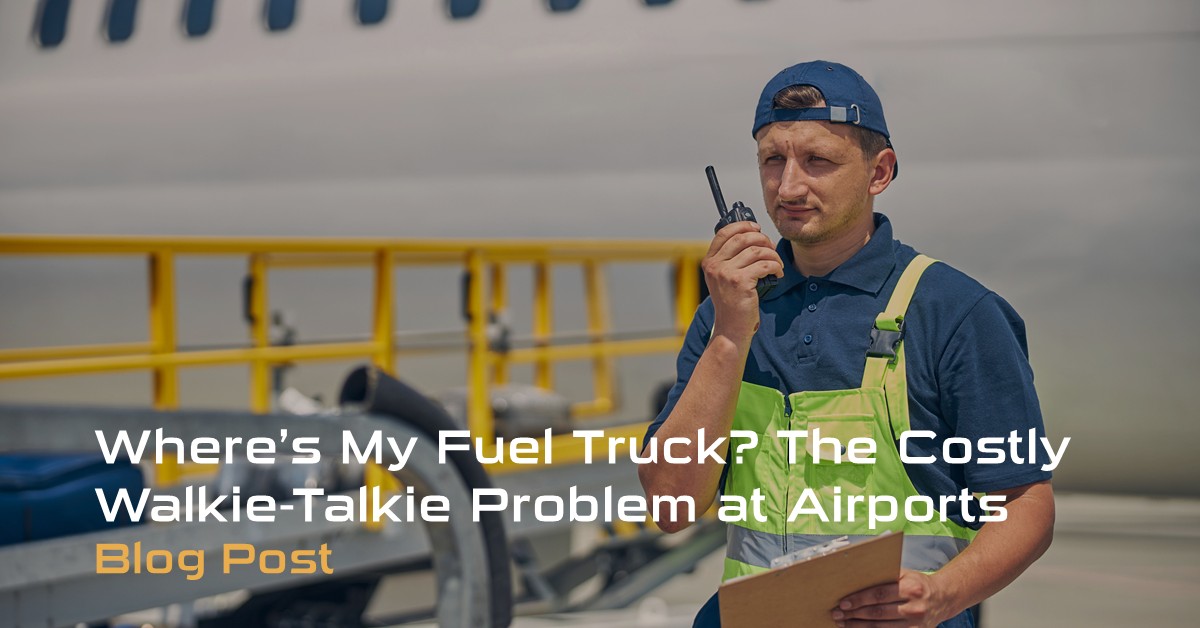
Where’s My Fuel Truck? The Costly Walkie-Talkie Problem at Airports
AirportsAirline delays often start with a delayed servicing vehicle, like a fuel truck that is not where it is supposed to be—and a scramble to find it using walkie-talkies. Despite managing thousands of ground service vehicles, most airports still rely on outdated communication methods that waste time, money, and fuel. Volan Technology brings real-time visibility to these “invisible fleets,” helping airlines optimize equipment usage, reduce delays, and unlock major operational savings. It’s a simple solution to a billion-dollar problem.
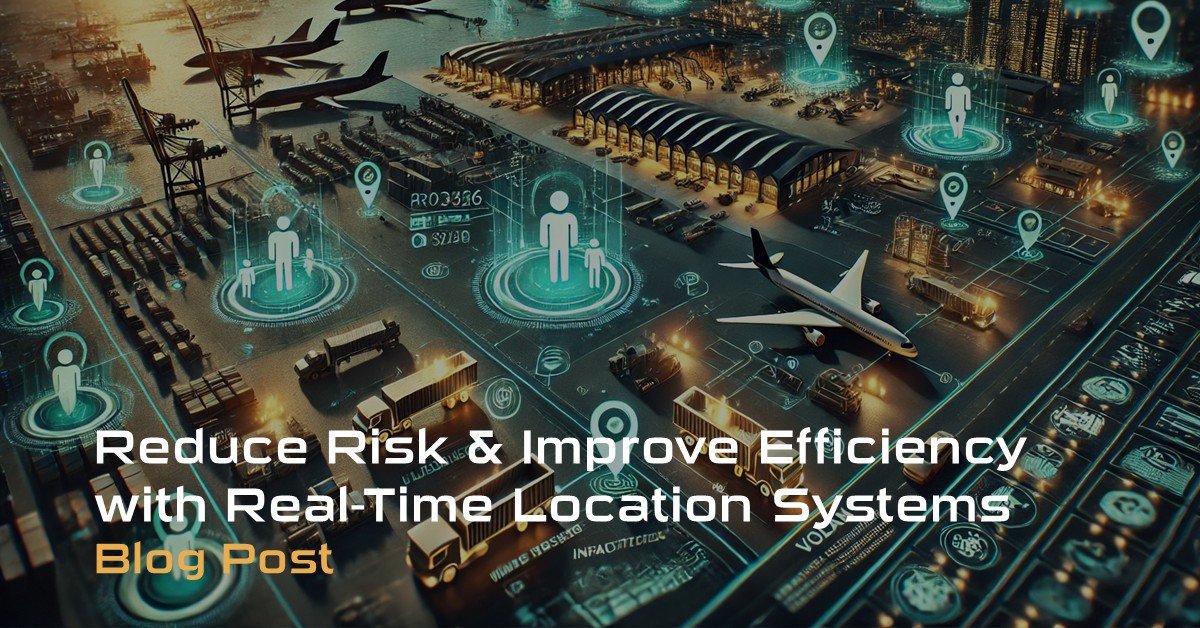
Reduce Risk & Improve Efficiency with Real-Time Location Systems
Airports, Construction, Manufacturing, Technology, WarehousingOur CEO, Michael Bettua explains that high-risk environments like airports and industrial sites demand precise, real-time visibility to prevent costly errors and safety incidents. Volan’s infrastructure-free RTLS platform delivers sub-second tracking of people, assets, and equipment — without GPS or complex installations. Customers have used Volan to reduce search time, enhance safety, and uncover inefficiencies that were otherwise invisible. In high-risk environments, every second counts — and visibility is everything.

Smart Infrastructure Without the Headaches: Modernizing Without Massive IT Projects
AirportsAirports are facing growing challenges from labor shortages and stricter FAA safety requirements, prompting a need for smarter, more flexible technology solutions. Traditional infrastructure projects—costly, slow, and rigid—are no longer effective for managing the vast number of assets and personnel involved in modern airport operations. In response, wireless mesh networks offer a scalable, adaptable alternative that improves situational awareness without massive IT overhauls. The future of airport operations lies in incremental innovation that enhances safety and efficiency through real-time insights rather than large-scale capital investments.
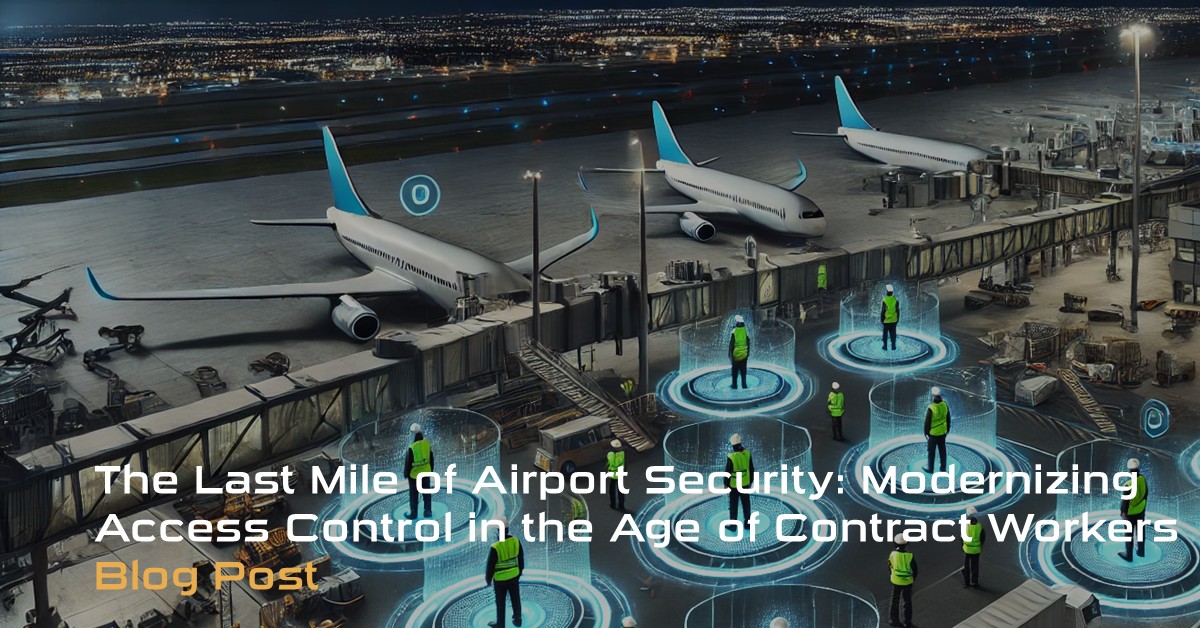
The Last Mile of Airport Security: Modernizing Access Control in the Age of Contract Workers
AirportsAirports are struggling to manage security for unbadged, temporary workers involved in large construction projects, exposing a critical gap in traditional access control systems. Relying on human escorts is proving ineffective due to staffing shortages and high turnover, making it nearly impossible to maintain proper oversight. Forward-thinking airports are adopting role-based geofencing and real-time location tracking to monitor workers virtually and prevent security breaches. The future of airport access control lies in smart, scalable systems that enhance human oversight and secure every corner of airport operations.
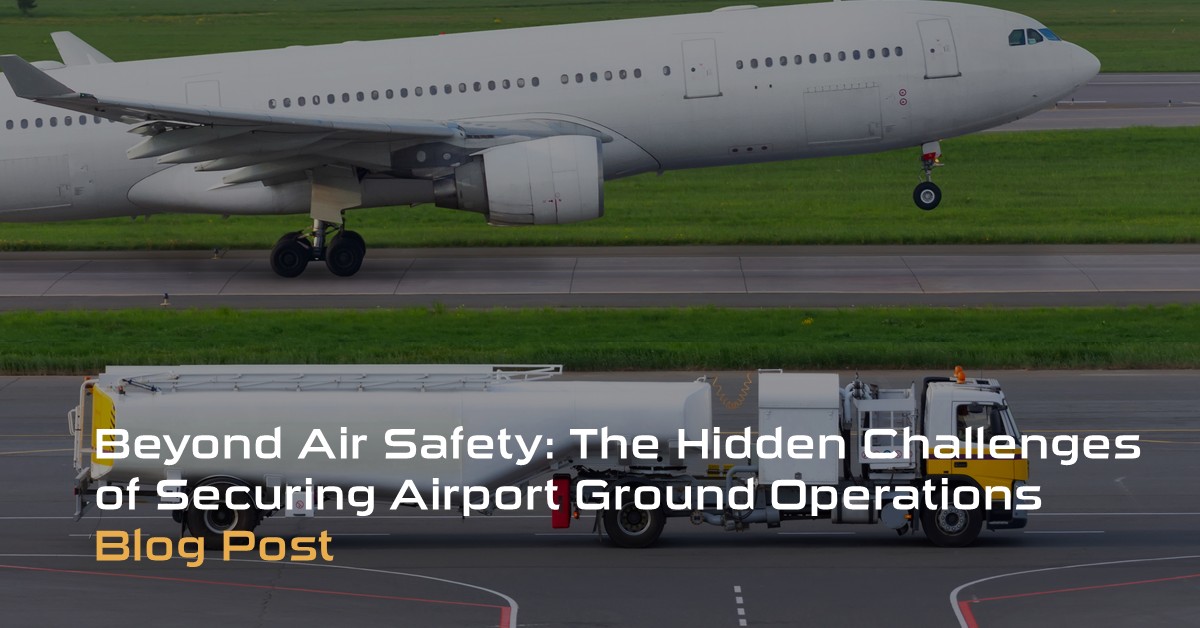
Beyond Air Safety: The Hidden Challenges of Securing Airport Ground Operations
AirportsRecent incidents have highlighted the importance of aviation safety, but securing airport ground operations presents equally critical challenges. Staffing shortages make it difficult to monitor hundreds of contractors and delivery workers daily, increasing the risk of security breaches. Advanced technologies now enable real-time monitoring, providing immediate alerts if escorted workers deviate from authorized areas, improving security without overburdening human resources. By integrating automated monitoring with human oversight, airports can enhance safety standards while addressing workforce limitations.

The Invisible Revolution: How Location Intelligence is Transforming Industrial Operations
Manufacturing, WarehousingIndustrial operations are undergoing a silent revolution driven by location intelligence, transforming efficiency and productivity in ways most businesses don’t yet realize. Traditional methods of managing workflows—relying on manual oversight, outdated tracking systems, and reactive problem-solving—are no longer sustainable. Advanced location technology now provides real-time visibility into assets, movement patterns, and workflow optimization, eliminating operational blind spots that cost companies time and money. By leveraging precise tracking and actionable data, businesses can reduce inefficiencies, streamline operations, and gain a significant competitive advantage. In this new era, location intelligence isn’t just an upgrade—it’s the key to operational reinvention.

From Blind Spots to Insights: How Real-Time Visibility is Transforming Operations at Airports and Warehouses
Airports, WarehousingReal-time visibility is revolutionizing operations at airports and warehouses by replacing outdated, assumption-based methods with actionable, live data. This transformative technology allows facilities to track assets like vehicles, equipment, and cargo indoors and outdoors, enabling safety, efficiency, and cost savings. Facilities that adopt these innovations can uncover inefficiencies, prevent safety incidents, and optimize processes in ways previously unattainable. As these advancements become essential for competitiveness, organizations that quickly adapt will lead the way in operational excellence.
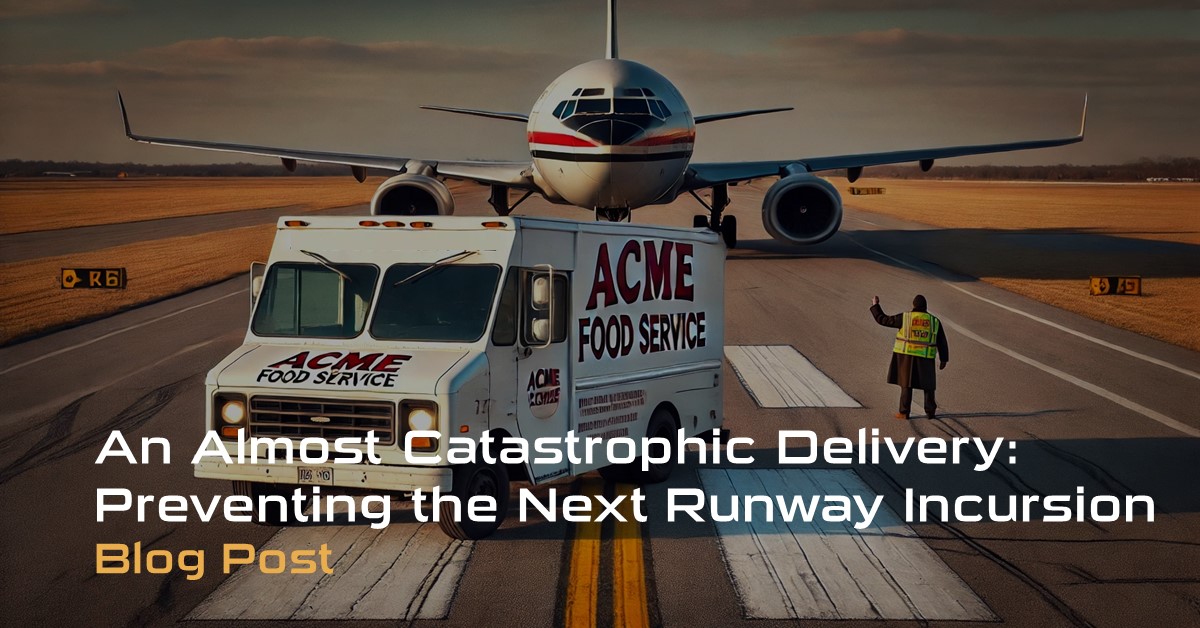
An Almost Catastrophic Delivery: Preventing the Next Runway Incursion
AirportsRunway incursions remain one of the most critical safety challenges for airports, with incidents often stemming from unauthorized access by vehicles or personnel unfamiliar with airport layouts. Current manual systems are increasingly strained by labor shortages and high turnover, exposing vulnerabilities in safeguarding restricted areas. Adopting advanced real-time location technology can address these risks, ensuring proactive monitoring, precise intervention, and enhanced operational safety across the airside environment.

Airport CFOs Checklist | Trust AND Verify to Minimize Airport Labor Costs
AirportsAs airport operations expand, CFOs face the increasing challenge of accurately tracking contractor labor costs across multiple, complex projects, with traditional manual methods often resulting in millions of dollars unverified. Without precise labor tracking, valuable insights that could enhance resource allocation and operational efficiency are missed. We have created a checklist for forward-thinking CFOs to identify areas for improvement.
New Tracking Technologies: A Potential Game-Changer for Airline On-Time Performance
AirportsRamsey Nuwar highlights how new micro-location tracking technologies, like the system developed by Volan, can revolutionize airline on-time performance by offering real-time visibility of ground operations. Traditional manual tracking methods have often led to inefficiencies and delays. With Volan's system, wearable devices for personnel and USB-connected trackers for vehicles provide precise data on the location and movement of resources such as fuel trucks, baggage handlers, and cleaning crews. This allows proactive delay prevention, optimized resource allocation, enhanced safety, and better accountability.
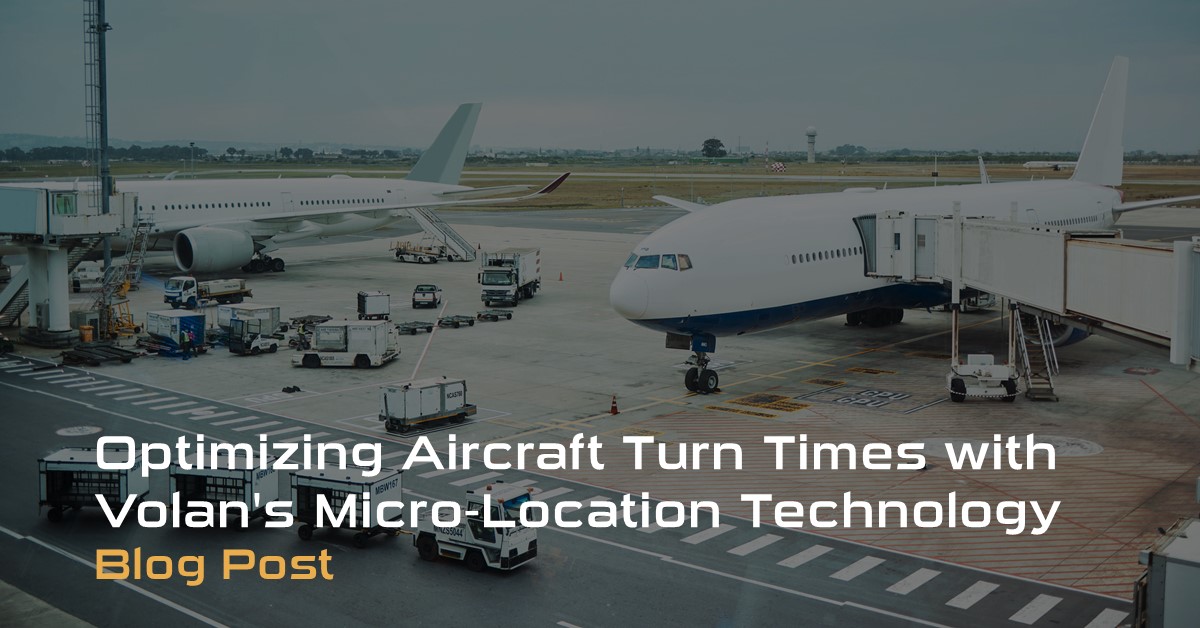
Optimizing Aircraft Turn Times with Volan’s Micro-Location Technology
AirportsMichael Bettua explains how Volan’s micro-location technology optimizes aircraft turn times by providing real-time tracking of ground support vehicles, such as fuel and luggage trucks. This enables more precise coordination, reducing idle times and increasing operational efficiency, which is critical for maximizing flight capacity and ensuring on-time departures. The technology also enhances safety and regulatory compliance while cutting down operational costs and carbon emissions. Airports using Volan have reported significant improvements, such as reducing average turn times by 15%, leading to more flights and better passenger satisfaction.
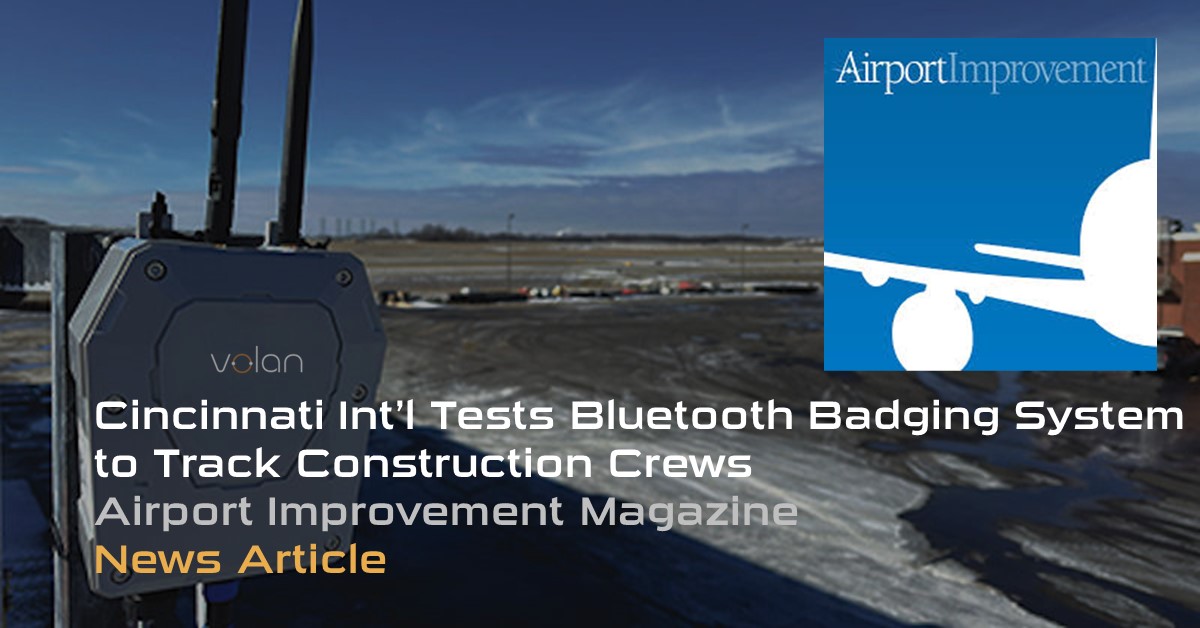
CVG Airport Tests Bluetooth Badging System to Track Construction Crews
AirportsAirport Improvement Magazine interviewed Brian Cobb, the chief innovation officer at CVG Airport, and Michael Bettua, CEO of Volan Technology, to delve into their collaborative project utilizing Volan’s Bluetooth-based tracking system for airport operations. The Volan Positioning System (VPS), which employs Bluetooth badges and a solar-powered wireless mesh network, enabled real-time tracking of construction workers and equipment. This system not only minimized the need for costly safety escorts but also provided valuable data for post-incident analysis. Additionally, VPS enhanced security by sending alerts when personnel entered restricted areas, significantly improving both operational efficiency and safety at the airport.
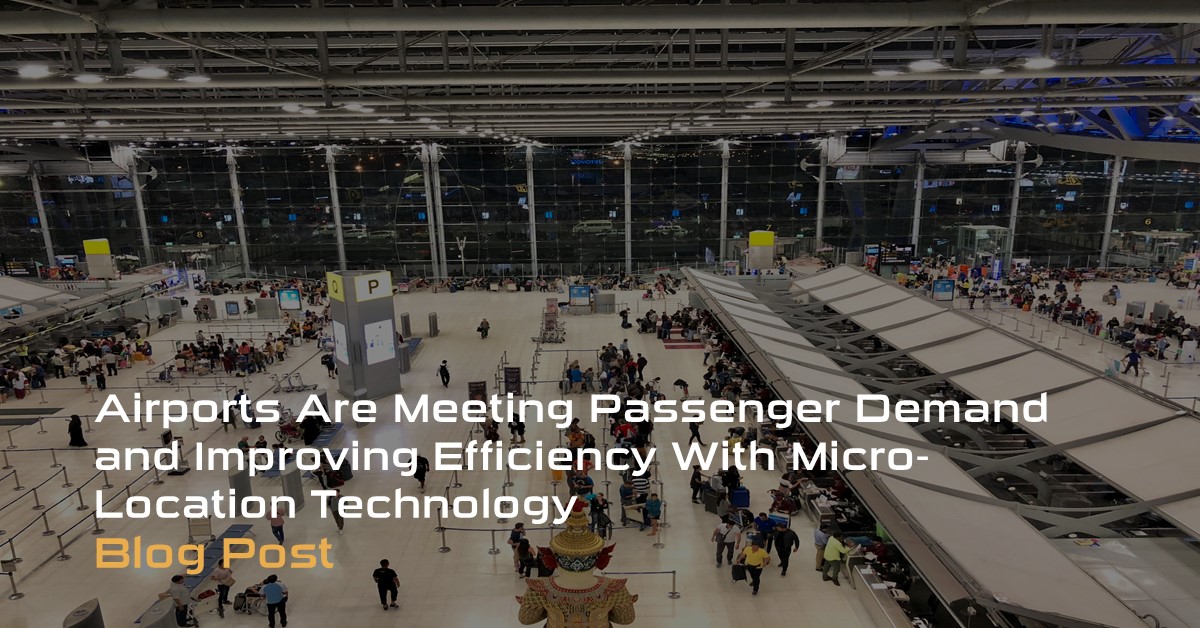
Airports Are Meeting Passenger Demand and Improving Efficiency With Micro-Location Technology
AirportsMichael Bettua provides an in-depth analysis of how micro-location technology can support airport operations, especially as passenger numbers continue to rise. It explores the benefits of this technology for resource management, compliance with health and safety regulations, and enhancing the passenger experience, backed by real-world examples and future outlooks.
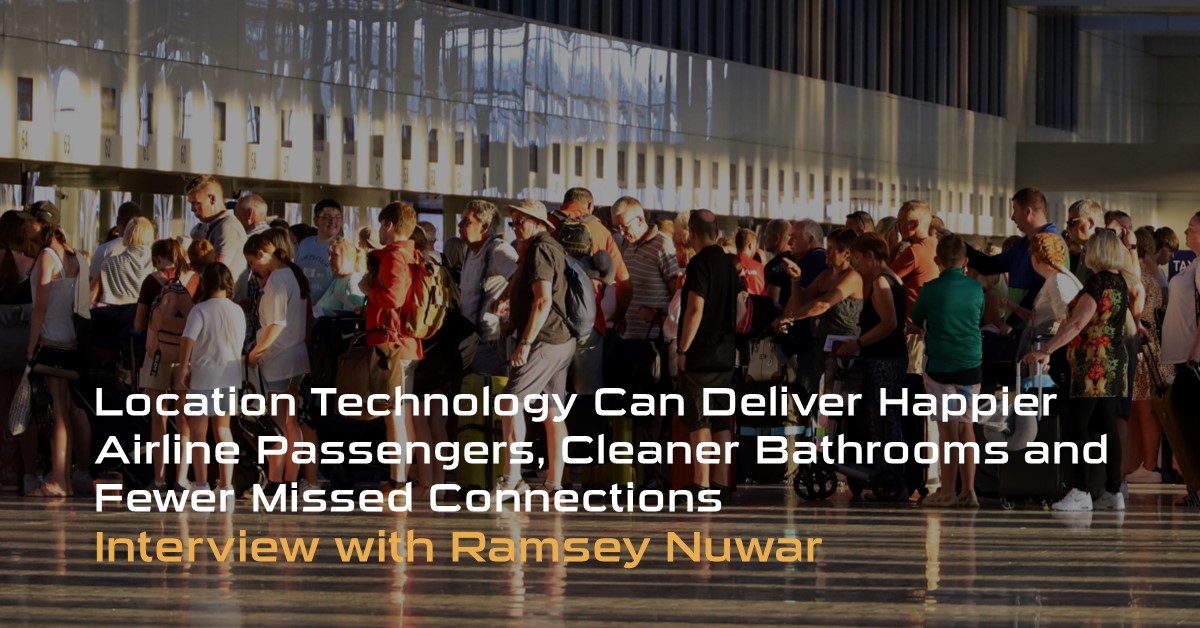
Location Technology Can Deliver Happier Airline Passengers, Cleaner Bathrooms and Fewer Missed Connections.
AirportsRamsey Nuwar, an aviation expert and consultant for Volan Technology, discusses how post-pandemic passenger traffic has prompted airports to adopt technologies like micro-location to enhance operations and customer satisfaction. Micro-location technology, which accurately tracks the location of employees and assets within the terminal, can significantly improve the passenger experience by optimizing resources such as golf carts for assisting passengers, predicting demand, and reducing wait times and missed connections.
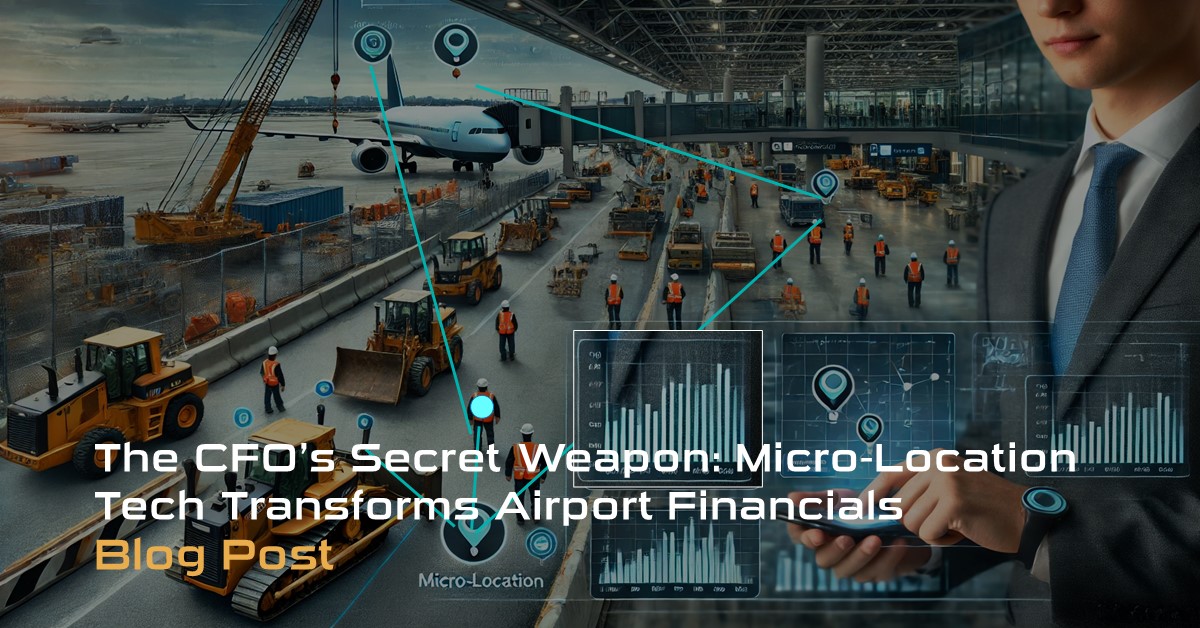
The CFO’s Secret Weapon: Micro-Location Tech Transforms Airport Financials
Airports, ConstructionOur Ramsey Nuwar examines the challenges faced by airport CFOs in tracking contractor labor hours and says that micro-location technology is a solution. Our technology provides real-time data on contractor movements, enhancing safety, labor utilization tracking, and financial oversight. It aids in preventing overpayments, mitigating financial risks, and improving future project planning and resource allocation. By adopting micro-location systems, airports can significantly optimize costs, increase productivity, and enhance stakeholder reporting, paving the way for more efficient operations.

Trust AND Verify: Using Technology to Track Airport Construction Labor
Airports, ConstructionImagine airport CFOs having a digital window offering complete transparency into contractor work hours on construction projects, eliminating reliance on self-reported time cards. Micro-location systems, like the Volan Positioning System, ensure precise tracking of contractor presence and movements, mitigating financial risk from potential overpayments. This technology aligns digital records with construction invoices, providing CFOs irrefutable proof of labor accuracy before payments, enabling airport leaders to optimize resource allocation and better anticipate labor demands.
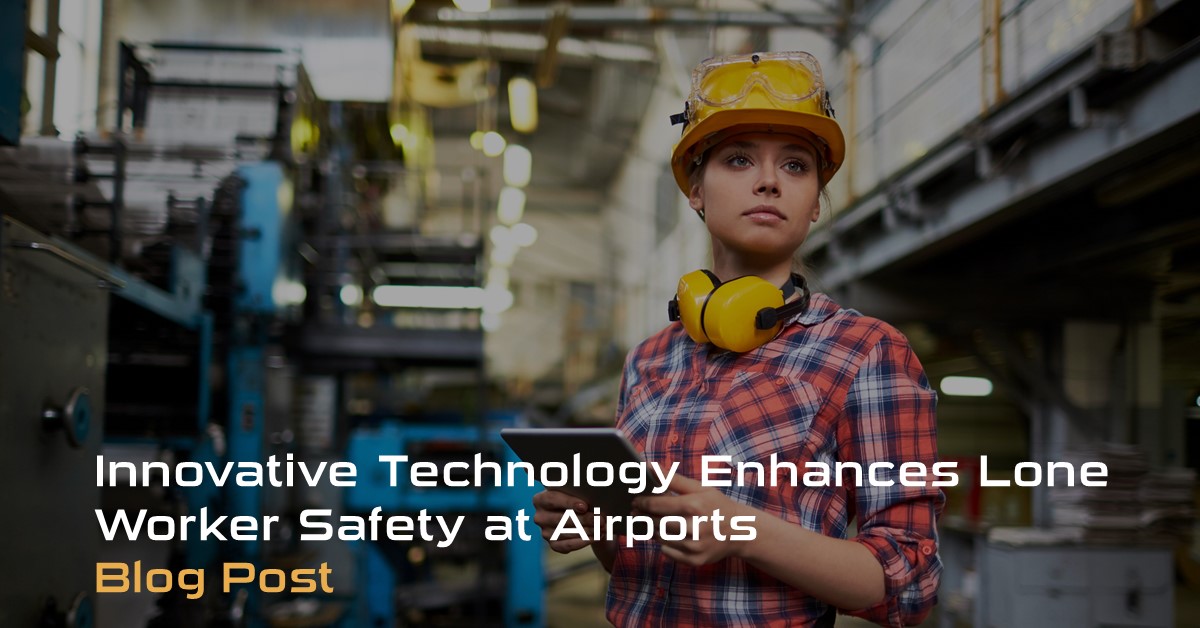
Innovative Technology Enhances Lone Worker Safety at Airports
Airports, ConstructionAirports increasingly recognize lone workers' unique safety challenges within their expansive facilities, prompting a proactive approach to enhancing safety through innovative technology. Drawing inspiration from safety solutions deployed in hazardous construction sites, airports are now adopting wearable sensors and private mesh networks to swiftly detect incidents, pinpoint worker locations, and transmit critical information for a rapid response. By leveraging these cutting-edge technologies, airports aim to create a safer environment, demonstrating a steadfast commitment to worker well-being while ensuring that no worker is truly alone in case of emergencies.
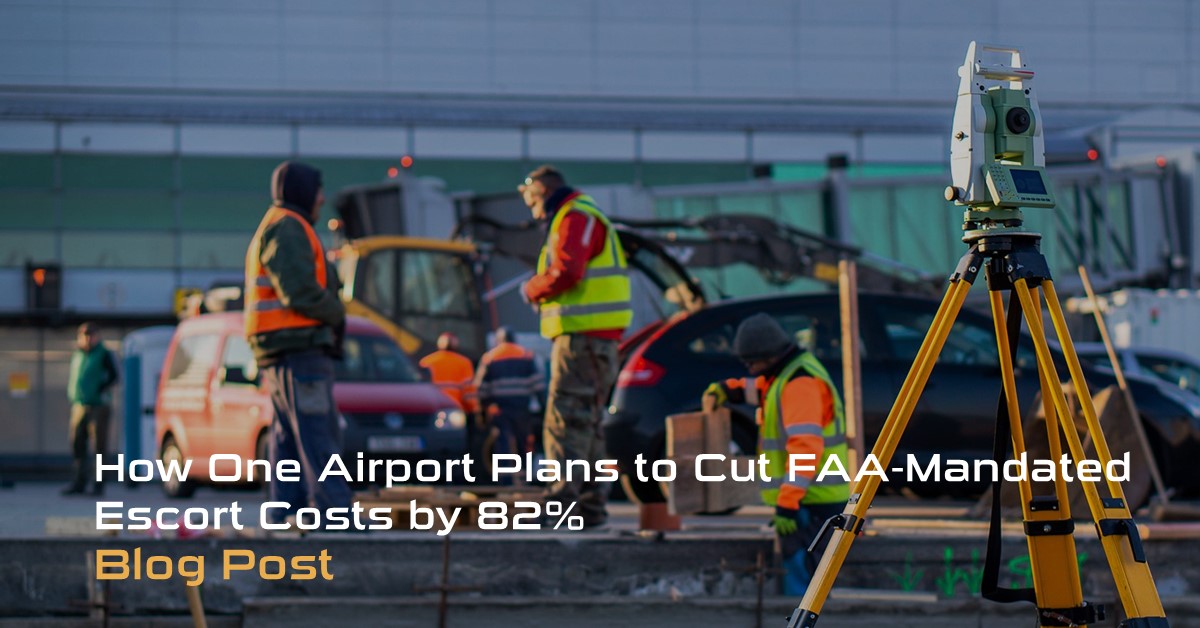
How One Airport Plans to Cut FAA-Mandated Escort Costs by 82%
AirportsIn a bid to enhance safety, ensure FAA compliance, and reduce costs, one major U.S. airport is pioneering a groundbreaking solution utilizing smart badges and advanced geofence-based positioning systems. By equipping construction workers with these badges, one person can effectively monitor the location of 40 workers using just a laptop, eliminating the need for the traditional 1:5 escort-to-worker ratio. This innovative approach slashes projected escort costs by a staggering 82%, as illustrated by a detailed cost analysis.
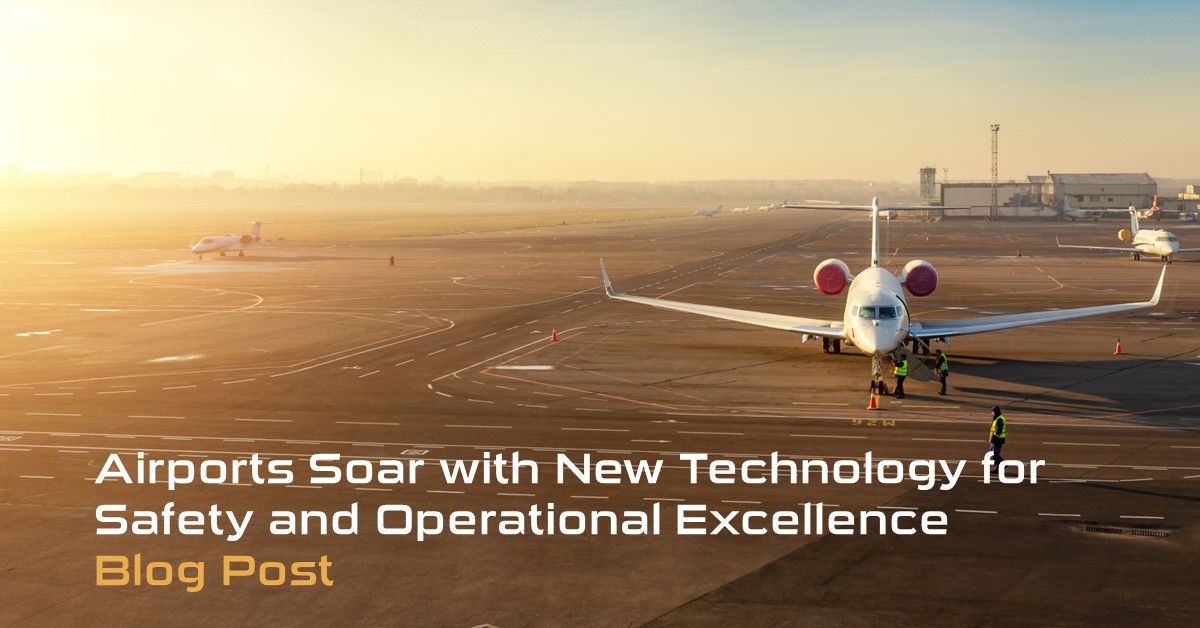
Airports Soar with New Technology for Safety and Operational Excellence
AirportsUS airports face the challenge of complying with the FAA's Safety Management System rule, necessitating better incident detection and reporting, particularly in outdoor areas like runways and taxiways. Traditional methods of supervision prove cumbersome and error-prone, prompting airports to adopt affordable micro-location technology, such as IoT sensors and wearable locators, for real-time asset tracking. A major Midwest airport has implemented Volan's geofencing solution, which exemplifies this approach, offering instant breach alerts and detailed data for investigations.
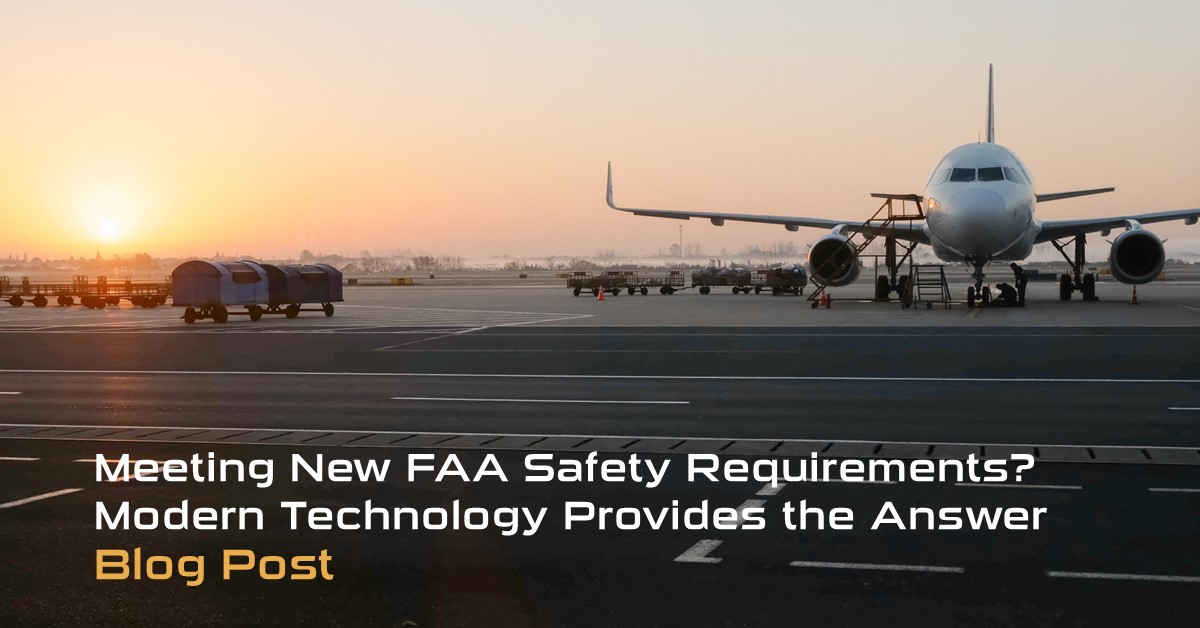
Meeting New FAA Safety Requirements? Modern Technology Provides the Answer
AirportsAirports are taking a hard look at modern technology solutions to help meet the FAA's new extensive Safety Management System requirements. This 60-page ruling mandates that airports significantly improve their detection, analysis, data capture and reporting of safety incidents to maintain compliance. Volan has the answer.
Navigating Efficiency – Crucial Role of Location Asset Tracking in Modern Businesses
TechnologyLocation Asset Tracking is the process of monitoring and managing physical assets within an organization or across various locations. It involves using technology such as GPS, RFID (Radio-Frequency Identification), barcode scanners, or IoT (Internet of Things) sensors to keep tabs on the location, status, and movement of assets.
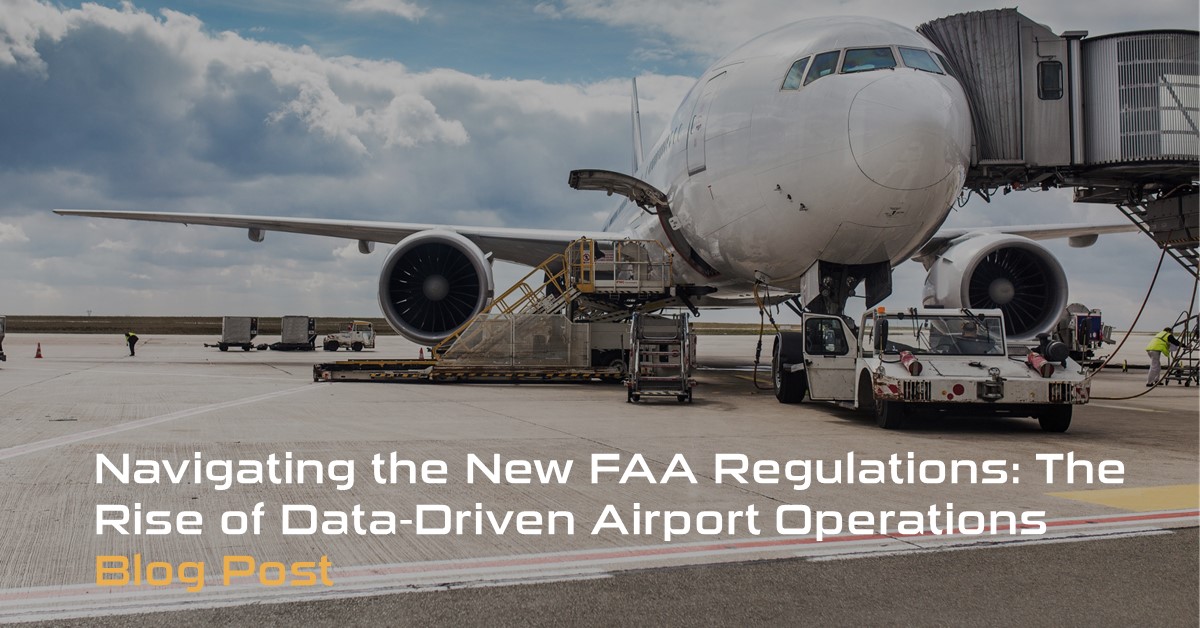
Navigating the New FAA Regulations: The Rise of Data-Driven Airport Operations
AirportsOne of the major challenges in airport operations post-April 2023 is ensuring compliance with increased FAA regulations mandating comprehensive reporting and data collection for all incidents. Volan positioning system can provide automatic data collection capabilities, seamlessly meeting these regulations.
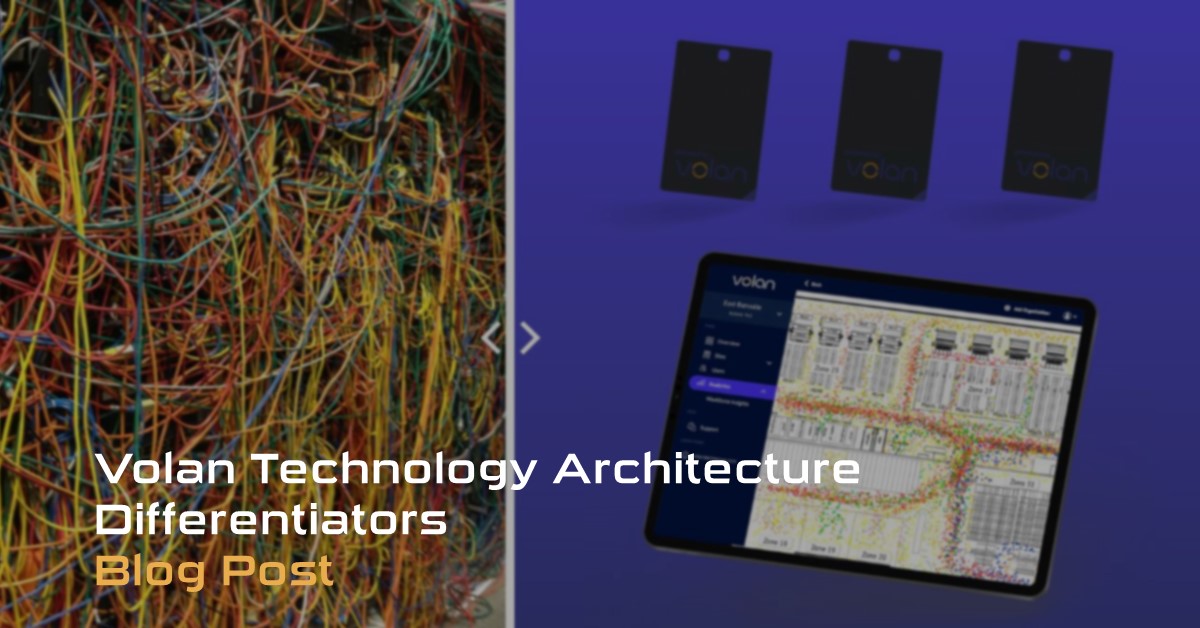
Volan Technology Architecture Differentiators
TechnologyReal-Time Locating Systems (RTLS) are increasingly commonplace in industrial applications, ranging from tool tracking for manufacturers to indoor mapping of warehouses. With industrial companies allocating as much as 70% of their operational expenses on labor, RTLS technologies seek new capabilities for labor analysis.
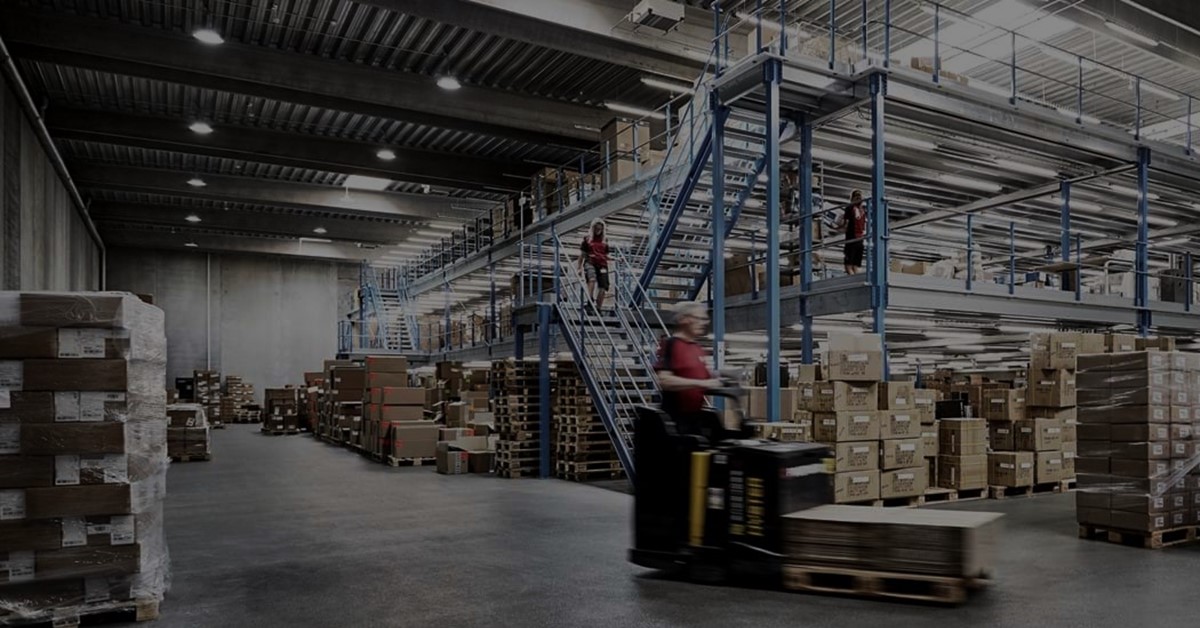
5 Ways Location Intelligence Can Optimize Warehouse Operations
WarehousingWarehousing and fulfillment operations today are faced with more challenges than ever in seeking higher operational efficiency in an increasingly competitive market. Location intelligence is changing how warehouses operate, from optimizing profit margins to ensuring safety compliance. Location intelligence software can help your company improve efficiency, reduce unproductive hours and increase profits.

Top 5 Reasons Manufacturers Need Location Intelligence
ManufacturingManufacturers today are faced with more challenges than ever in seeking higher operational efficiency in an increasingly competitive market. Location intelligence is changing how businesses operate, from optimizing profit margins to ensuring safety compliance. Location intelligence software can help your company improve efficiency, reduce unproductive hours and increase profits. Location intelligence is the use of geospatial data to identify and solve business problems.
Asset Tracking vs. People Positioning
TechnologyWhat is the difference between Asset Tracking vs. People Positioning? Asset tracking locates physical objects while people positioning locates people. Know what to look for in each solution and how each solution drives different benefits. Asset tracking is defined as the method of identifying and locating physical assets. Physical assets are typically computers, vehicles, tools, and equipment. People positioning is defined as the method of analyzing the location and movement of people over time.
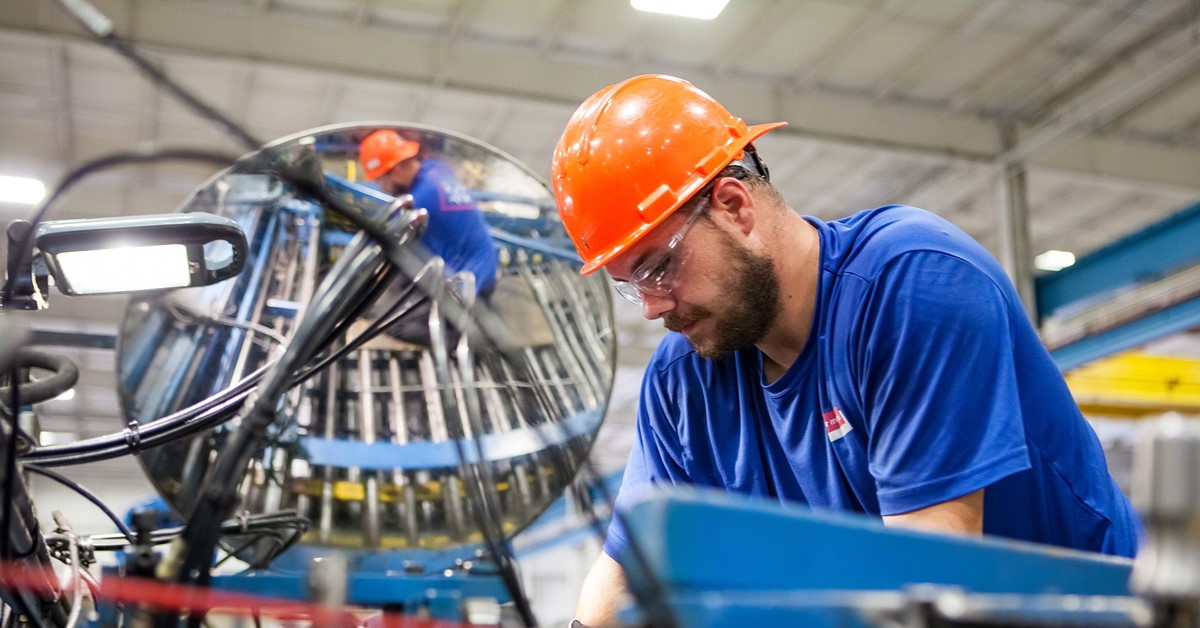
Workforce Optimization: Strategies and Benefits to Stay Ahead [2022]
TechnologyWhat is workforce optimization and how can it impact your bottom line? We explore what this means for all industries but specifically how it can transform manufacturing in a market climate that's becoming more competitive by the day.
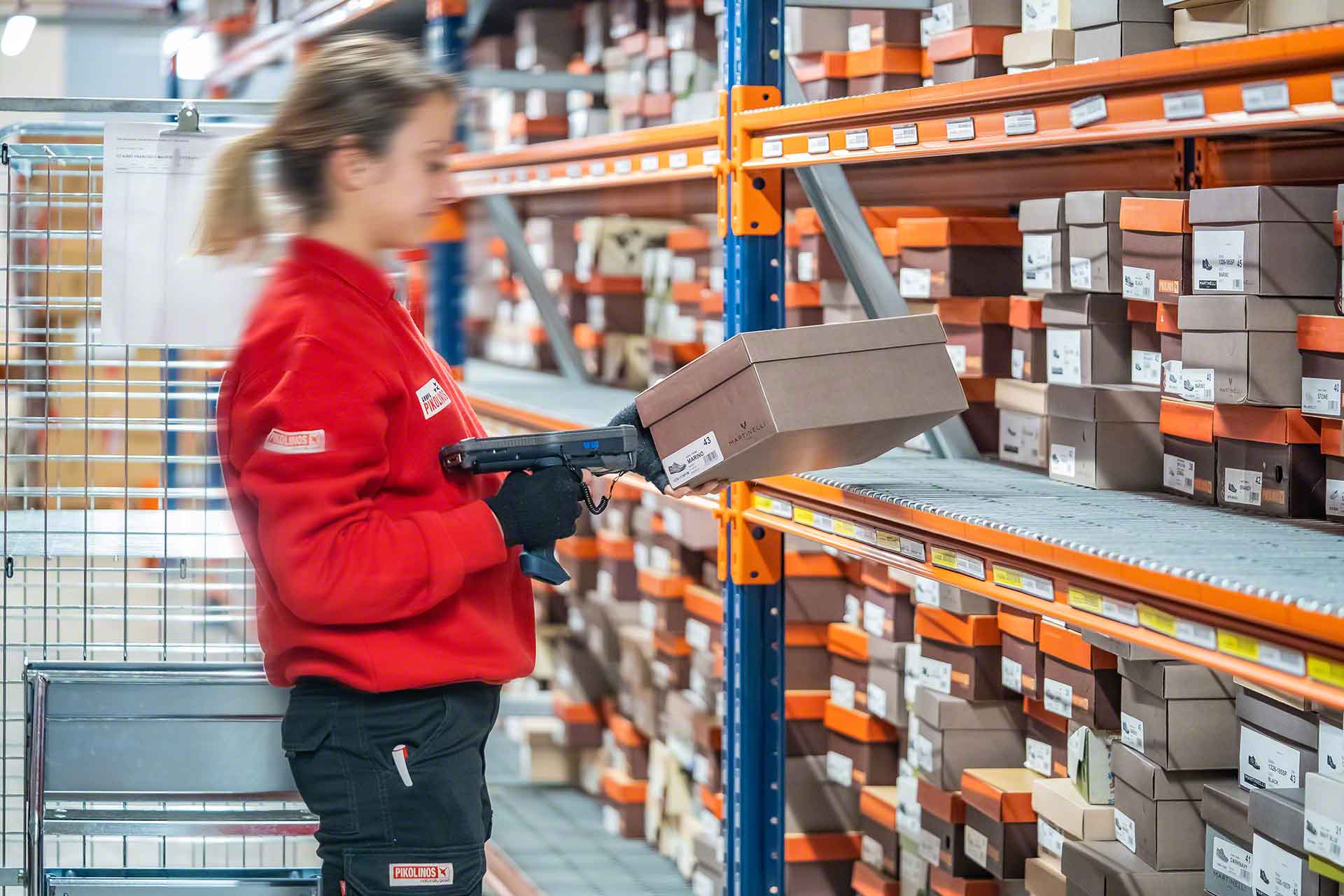
Time and Motion Studies for 2022
TechnologyIn this guide, we walk through how to set up a time and motion study to maximize your labor and improve workforce productivity. What’s the best way to perform a task? Time and motion studies are a scientific way of cutting to the core of that question. Simply put, “motion” entails the movements related to a task, and “time” is the duration it takes to complete a task. If we’re all doing the same task independently, the person who finishes the fastest, using the most effective “movements,” creates the best way of getting the job done without continuous observation.
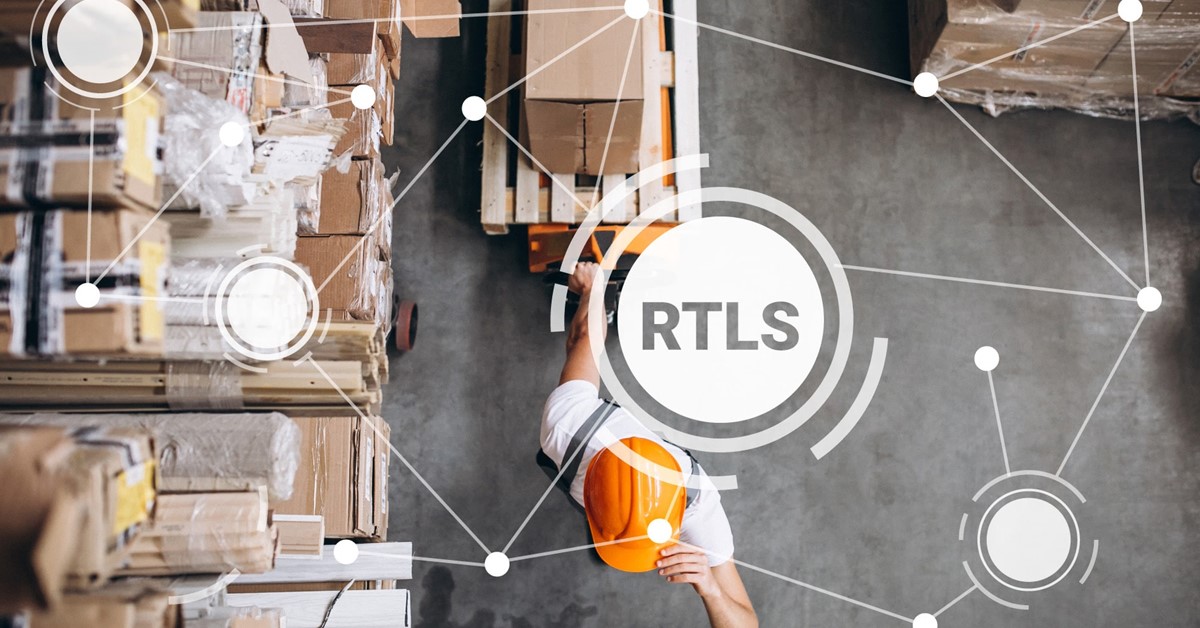
What Is RTLS? Real-Time Location System
TechnologyRTLS is an acronym for real-time location system, which identifies the current location of assets or people. RTLS doesn’t necessarily refer to a specific technology, but rather it is a solution that may be achieved through various technologies. RTLS can accurately locate and manage assets, inventory, or even people and help companies to make informed decisions based on collected location data.

RTLS Glossary: Industry 4.0 Terminology Defined
TechnologyRTLS is used across many industries with specific applications such as workforce optimization and automatic rostering. We've compiled some of the most important terms related to Real-Time Location Services (RTLS).

Ultra-Wideband (UWB) vs. BLE
TechnologyWhat is the difference between ultra-wideband and Bluetooth? Discover the pros and cons of each technology to find the best fit for your RTLS needs. Ultra-wideband is a low-power radio technology for transmitting data within the 3.1 to 10.6 GHz range. Bluetooth Low Energy is a radio frequency technology that transmits data in the 2.4 GHz spectrum band, specifically across 80 different 1 MHz wide channels from 2400 to 2483.5 MHz.
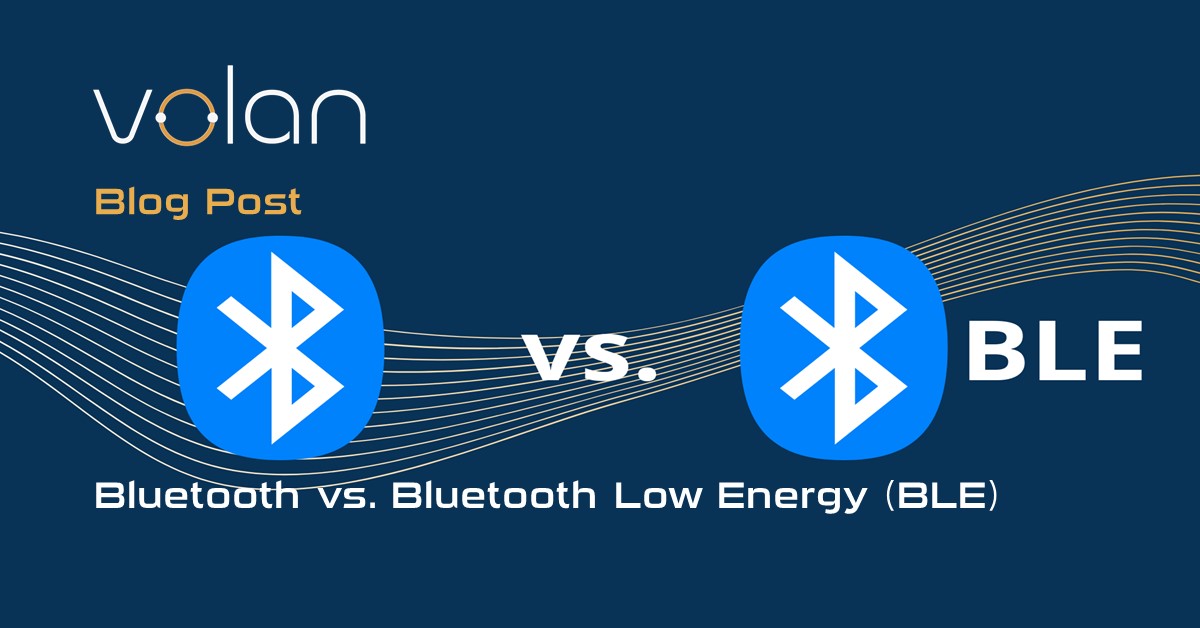
Bluetooth vs. BLE
TechnologyBluetooth Low Energy differs from its parent technology because it remains dormant until a connection is initiated. Where Bluetooth is best suited for a constant exchange of larger amounts of data, Bluetooth Low Energy excels at exchanging smaller amounts of data over a much longer period of time. Bluetooth Low Energy uses a reduced amount of power through faster connection times than traditional Bluetooth devices, reducing connections from 100mS to 6mS.
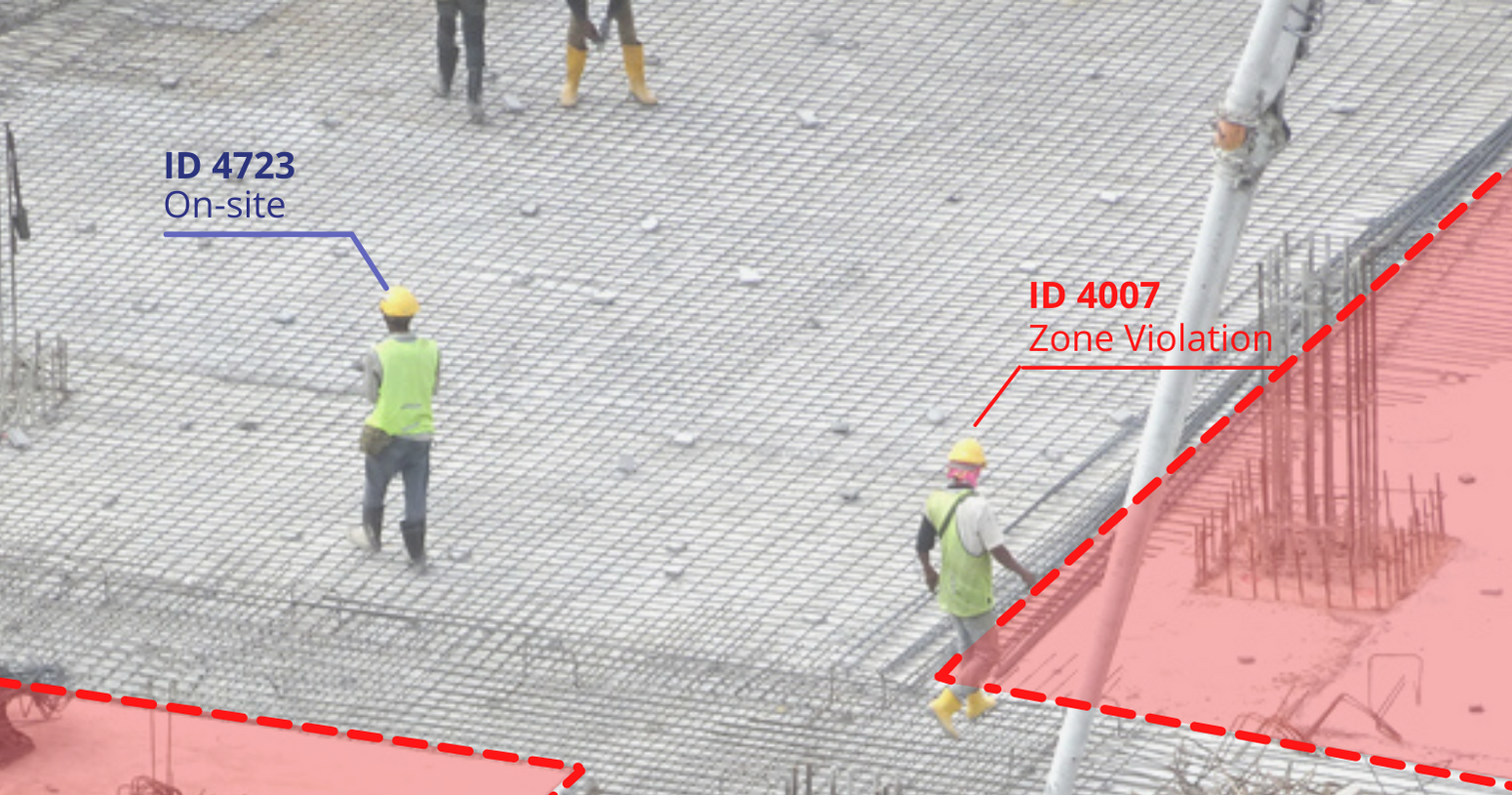
What is Geofencing?
TechnologyGeofencing is a system of virtual boundaries. Using GPS, radio frequency identification, Wi-Fi, and other data mechanisms, a geographical location carries a “geofence” that shows the specific location, and mobility patterns of people and their devices. Geofencing software provides real-time coordinates within the virtual fence perimeter. If the device goes beyond that perimeter, alerts—through a push notification or text message—will be sent to the user.

Time and Motion Studies for Manufacturing
ManufacturingWhat is a time and motion study? What’s the best way to perform a task? Time and motion studies are a scientific way of cutting to the core of that question. Simply put, “motion” entails the movements related to a task, and “time” is the duration it takes to complete a task. If we’re all doing the same task independently, the person who finishes the fastest, using the most effective “movements,” creates the best way of getting the job done without continuous observation.
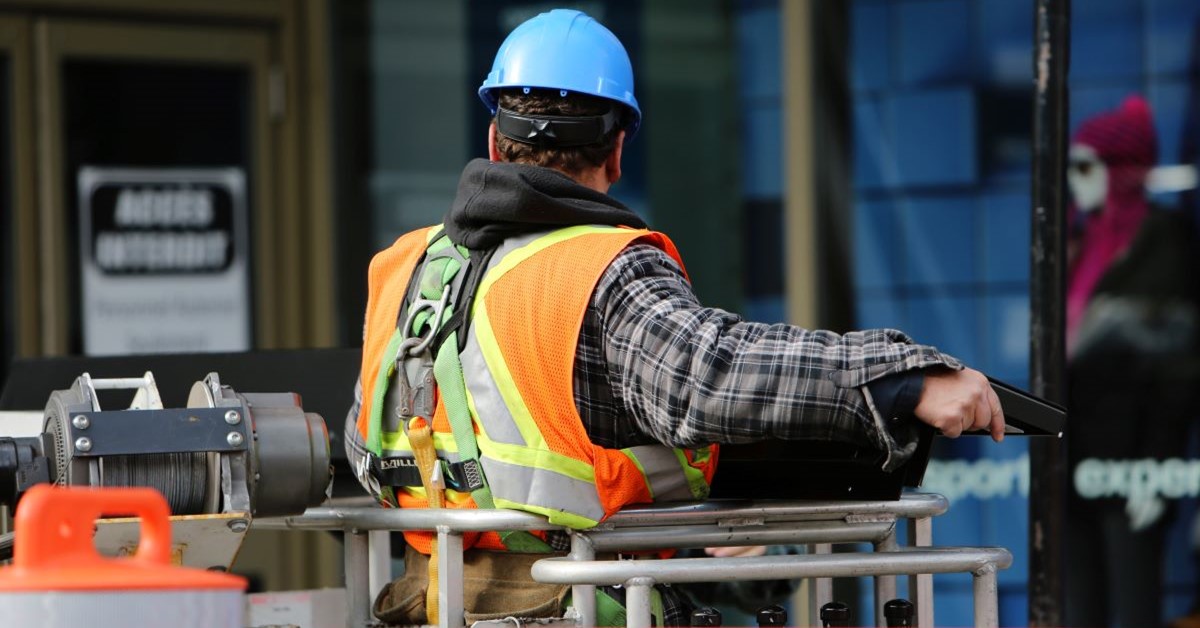
Increasing Workforce Productivity
Manufacturing, WarehousingWorkforce productivity is the sum of what employees do each day. Put simply, this concept denotes the total amount of goods and services produced through an understanding of an organization's biggest asset — its people. Payroll often ranks highest among company expenditures, sometimes using up to one-third of a company's revenue. With labor shortages impacting the supply of available workers and turnover rates, employers must hire the right people and ensure that they’re creating environments for employees to be able to work in the most efficient manner. Hiring, onboarding, and productivity standards are extremely important for businesses to invest in.
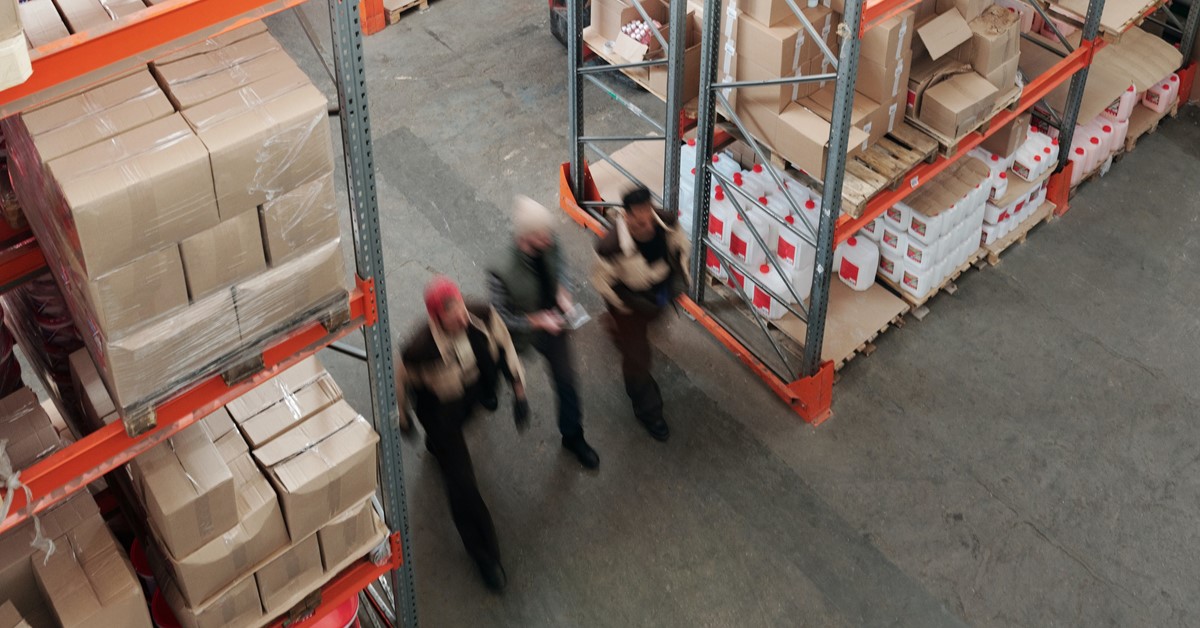
What is Workforce Optimization?
TechnologyWorkforce optimization is center stage in the conversation about how organizations can make better decisions regarding their resources and employees. In a time of unprecedented change, organizations are tasked with fundamentally rethinking how they work. From medicine to manufacturing, employee productivity remains more essential than ever. In this sea of change, industry-leading companies are finding opportunities for innovation and efficiency—and workforce optimization is a vital component of these processes.
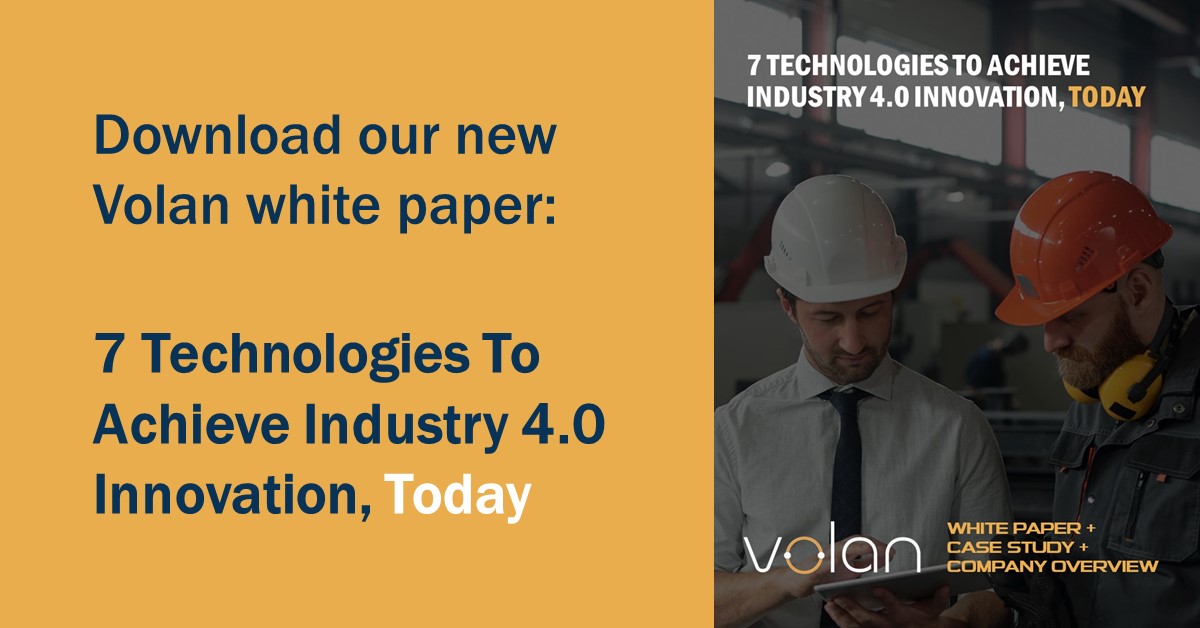
White Paper: 7 Technologies To Achieve Industry 4.0 Innovation, Today
Manufacturing, WarehousingWe have written a white paper 7 Technologies To Achieve Industry 4.0 Innovation, Today outlining critical technologies that manufacturing and warehousing companies can implement to drive innovation, improve efficiency, reduce costs and increase profits. Together with the white paper, we have included one of our successful customer case studies and a brief company overview.
Contact Us
Volan Technology
720 Monroe Street
Hoboken, NJ 07030
About Us
Volan Technology is a people-positioning analytics platform that companies use to identify labor cost savings and improve worker safety.
Our Pages
Recent Posts
- Installing the World’s First Mobility Cart Tracking System at JFK Terminal 4 Without Missing a Beat
- JFKIAT Pilots The World’s First Mobility Cart Tracking Service | Passenger Terminal Today
- JFKIAT Trials Mobility Cart Tracking Service | Airports International
- JFKIAT and Partners Pilot the World’s First Mobility Cart Tracking Service to Improve the Passenger Experience
- Introducing the Volan Way eBook: The Volan Guide to Smarter Airport Operations
- What is Cold Chain Logistics? And Why Every Degree Counts
- Modernizing Airport Safety Compliance with Real-Time Location Intelligence
- Real-Time Asset Intelligence: What UPS Healthcare’s Volan Implementation Means for Your Operations
- Stop Relying on Luck: Real-Time Solutions for Airside Security
- What is Real-Time Asset Tracking?
